Are you considering adding a furry friend to your family? If so, have you considered a Pug breed dog? Pugs are a small and adorable breed that are known for their charming personalities and affectionate nature. They are great companions for families and individuals alike, as they are playful and loving. However, before deciding to bring a Pug into your home, it’s important to understand their temperament, health concerns, and grooming needs. In this article, we will explore the ins and outs of owning a Pug breed dog, so you can make an informed decision about whether this breed is the right fit for you.
Breed Category: Toy
Country of Origin: China
Average Size:25-28 cm
Average Weight:6-8 kg
Average Life Span: 12-15 years
Grooming Requirements: Moderate
Exercise Requirements:Low
History and Origin
The Pug is a small breed of dog that has become increasingly popular in recent years. Despite their small size, Pugs are known for their big personalities and affectionate nature. The history and origin of the Pug can be traced back to ancient China, where they were bred as companions for the ruling classes.
The exact origins of the Pug are somewhat unclear, but it is believed that they were first bred in China around 2,000 years ago. They were originally known as “Lo-Sze,” which means “lion dog,” due to their resemblance to the Chinese guardian lions. Pugs were highly valued by the ruling classes in China and were often given as gifts to foreign dignitaries.
Pugs were first introduced to Europe in the 16th century, when Dutch traders brought them back from China. They quickly became popular among the European aristocracy, who appreciated their charming personalities and affectionate nature. Pugs were particularly popular in the Netherlands, where they were often depicted in paintings and other works of art.
In the 18th century, Pugs became popular in England, where they were favored by the royal family. Queen Victoria was particularly fond of Pugs and owned several of them throughout her life. Pugs were also popular among the middle classes in England, who appreciated their friendly and playful nature.
Despite their popularity, Pugs have faced some challenges over the years. In the early 20th century, the breed almost went extinct due to overbreeding and health problems. However, dedicated breeders worked to revive the breed and improve their health, and today Pugs are a thriving and beloved breed.
In conclusion, the history and origin of the Pug can be traced back to ancient China, where they were bred as companions for the ruling classes. They were later introduced to Europe, where they became popular among the aristocracy and middle classes. Despite facing some challenges over the years, Pugs have remained a beloved breed and continue to bring joy to their owners today.
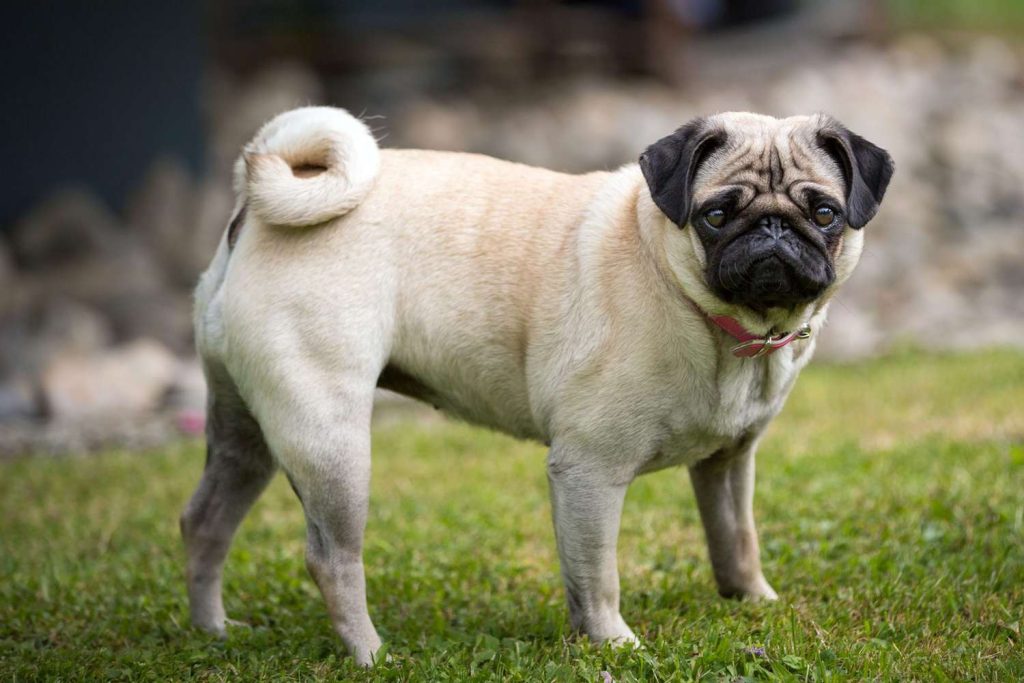
Size and Breed Category
The Pug is a small breed of dog that is known for its distinctive wrinkled face and curly tail. They are classified as a toy breed, which means that they are typically less than 10 inches tall at the shoulder and weigh less than 12 pounds. Despite their small size, Pugs are known for their sturdy build and muscular physique. They have a short, smooth coat that comes in a variety of colors, including fawn, black, and silver.
Pugs are a popular breed of dog due to their friendly and affectionate nature. They are known for their playful personalities and love to be around people. Pugs are also highly adaptable and can thrive in a variety of living situations, including apartments and small homes. However, due to their small size, they can be prone to certain health issues, such as breathing problems and joint pain. It is important for Pug owners to provide them with proper care and attention to ensure that they stay healthy and happy.
Fur Length and Colour
The fur of a Pug is typically short and smooth, with a glossy texture. The length of the fur is usually around 1-2 centimeters, and it lies close to the body. The color of the fur can vary, but the most common colors are fawn, black, and silver. Fawn Pugs have a light brown coat, while black Pugs have a dark, shiny coat. Silver Pugs have a coat that is a mix of black and white hairs, giving them a unique and striking appearance. Some Pugs may also have a brindle pattern, which is a mix of black and fawn hairs. Overall, the fur of a Pug is soft and velvety to the touch, making them a popular choice for pet owners.
In addition to the standard fur colors, Pugs can also have a variety of markings on their coat. Some Pugs have a black mask on their face, which is a darker shade of fur around their eyes and muzzle. Others may have a white patch on their chest or a stripe down their back. These markings can add to the unique appearance of each individual Pug. It is important to note that Pugs do shed, so regular grooming is necessary to keep their coat healthy and shiny. Overall, the fur of a Pug is a defining characteristic of the breed and adds to their charm and appeal as a companion animal.
Termperament and Trainability
Pugs are known for their friendly and affectionate temperament. They are social dogs that enjoy being around people and other animals. They are also known for their playful nature and love to entertain their owners with their silly antics. Pugs are generally easy-going and adaptable, making them a great choice for families with children or other pets. They are not typically aggressive and are known for their patience and tolerance. However, they can be stubborn at times and may require patience and persistence when it comes to training. Overall, Pugs are a lovable and loyal breed that make great companions.
When it comes to trainability, Pugs can be a bit of a challenge. They are intelligent dogs, but they can also be stubborn and independent. Pugs have a tendency to do things on their own terms, which can make training a bit of a challenge. However, with patience and consistency, Pugs can be trained to follow basic commands and even perform tricks. Positive reinforcement is key when it comes to training a Pug, as they respond well to praise and rewards. It is important to start training early and to be consistent with your approach. With the right training and socialization, Pugs can be well-behaved and obedient pets.
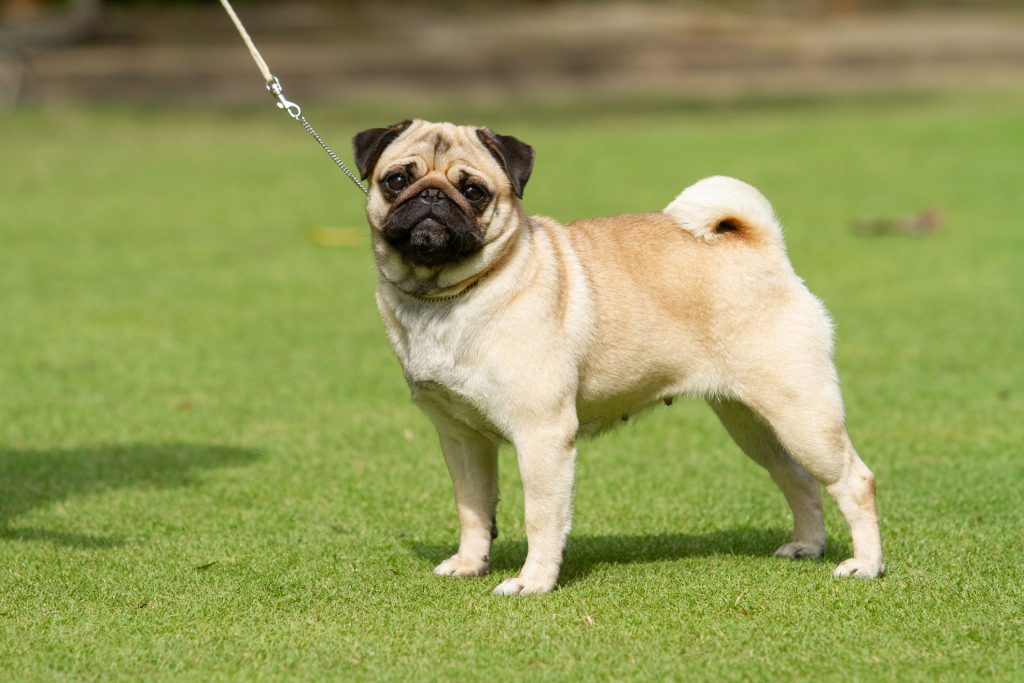
Known Health Conditions
Pugs are prone to a number of health conditions, including respiratory problems. Due to their short snouts, they can experience difficulty breathing, especially in hot or humid weather. This can lead to snoring, wheezing, and even fainting. Pugs are also at risk for developing brachycephalic airway syndrome, which can cause further breathing difficulties. It is important for pug owners to monitor their pet’s breathing and seek veterinary care if they notice any concerning symptoms.
Another common health issue in pugs is eye problems. Pugs have large, prominent eyes that are susceptible to a variety of conditions, including corneal ulcers, dry eye, and entropion. Entropion is a condition where the eyelid rolls inward, causing the eyelashes to rub against the eye and potentially leading to irritation or infection. Pug owners should keep an eye on their pet’s eyes and seek veterinary care if they notice any redness, discharge, or other signs of discomfort. Regular eye exams can also help catch any potential problems early on.
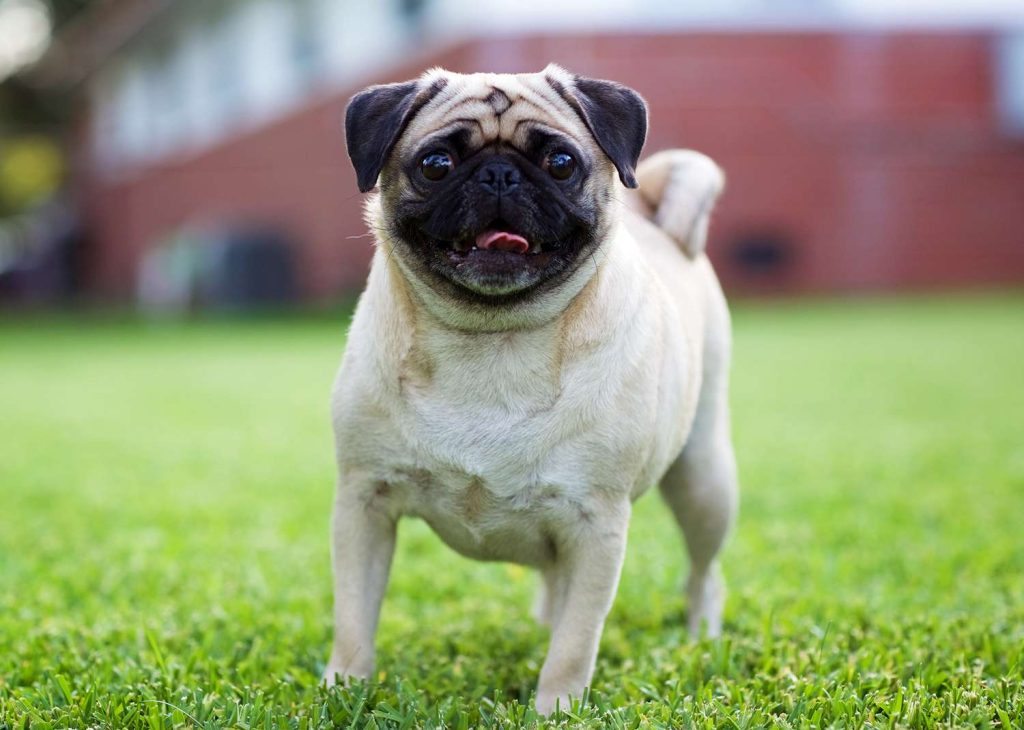
Openness to Strangers
Pugs have a reputation for being friendly and sociable with strangers. They are known to be outgoing and curious, often approaching new people with enthusiasm. This openness to strangers is a trait that makes them popular as family pets and companions. Pugs are not typically aggressive towards strangers, and they are unlikely to bark or growl at unfamiliar people. Instead, they are more likely to wag their tails and seek attention from anyone who is willing to give it to them. This friendly nature is one of the reasons why pugs are often used as therapy dogs, as they are able to provide comfort and companionship to people in need.
Despite their friendly nature, pugs can sometimes be a little wary of strangers. They may take a little time to warm up to new people, especially if they are feeling anxious or uncertain. However, once they have had a chance to get to know someone, they are likely to become very affectionate and loyal. Pugs are known for their love of attention, and they will often seek out affection from anyone who is willing to give it to them. This makes them great pets for families with children, as they are patient and gentle with kids of all ages. Overall, pugs are a friendly and sociable breed that are well-suited to life as family pets.
Playfulness Level
The Pug is a highly playful breed of dog that loves to have fun. They are known for their energetic and lively personalities, which make them great companions for families with children. Pugs are always up for a game of fetch or a run around the park, and they love to play with toys and other dogs. Their playful nature makes them a joy to be around, and they are sure to bring a smile to your face with their silly antics. Whether you are looking for a dog to play with or just a furry friend to keep you company, the Pug is an excellent choice.
One of the things that makes the Pug such a playful breed is their love of attention. They thrive on human interaction and are always eager to please their owners. Pugs are known for their affectionate nature, and they will often seek out cuddles and belly rubs from their favourite people. They are also very social animals and enjoy being around other dogs and people. This makes them a great choice for families who are looking for a dog that will fit in well with their lifestyle. Whether you are looking for a dog to take on walks or just a furry friend to snuggle up with on the couch, the Pug is sure to be a great addition to your family.
Suitability as a Pet for Children
Pugs have a friendly and affectionate nature, making them a great choice as a pet for children. They are known for their playful and lively personalities, which can keep kids entertained for hours. Pugs are also adaptable and can live comfortably in small apartments or larger homes. They require moderate exercise, which can be easily achieved through short walks or playtime in the backyard. Pugs are generally easy to train and respond well to positive reinforcement. However, they can be prone to health issues, so it’s important to ensure they receive proper care and attention.
Exercise Needs
Pugs require regular exercise to maintain their physical and mental health. They are a breed that enjoys moderate activity, such as daily walks or playtime in a fenced yard. It is important to note that pugs are prone to obesity, so it is crucial to monitor their food intake and ensure they are getting enough exercise. A lack of exercise can lead to weight gain, which can exacerbate health issues such as breathing difficulties and joint problems. Additionally, regular exercise can help prevent destructive behavior, as pugs are known to become bored and restless without enough stimulation.
In addition to physical exercise, pugs also benefit from mental stimulation. They are a breed that enjoys interactive play, such as puzzle toys or training sessions. Mental stimulation can help prevent boredom and keep pugs mentally sharp. It is important to note that pugs can be stubborn and may require patience and consistency during training sessions. Overall, regular exercise and mental stimulation are essential for the health and happiness of pugs.
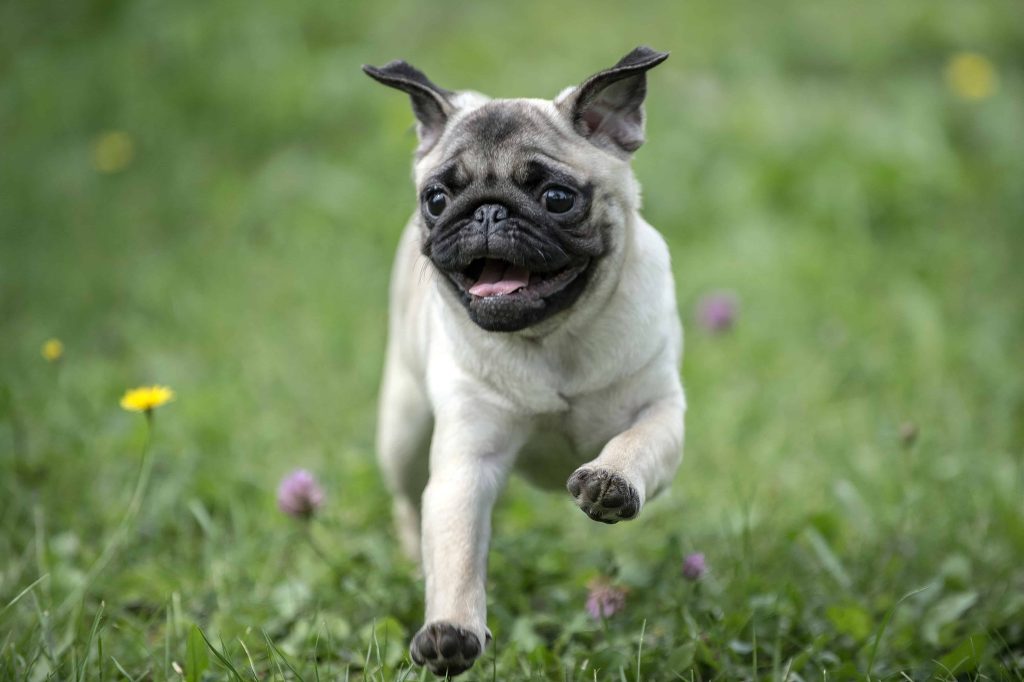
Suitability for a Multi-Pet Family
Pugs have a reputation for being friendly and sociable animals. They are known to be good with other pets, including cats and other dogs. Pugs are generally not aggressive and are unlikely to start fights with other animals. However, as with any breed, individual temperament can vary, and some Pugs may not get along with certain pets. It is important to introduce Pugs to other animals slowly and carefully, and to supervise their interactions to ensure that everyone stays safe.
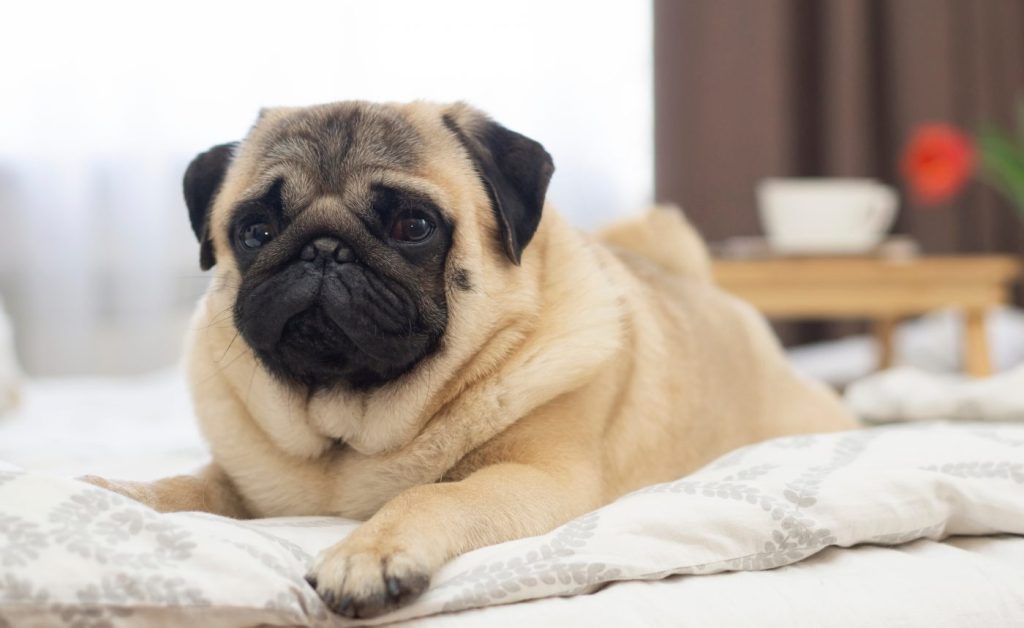
Housing Requirements
Pugs require a living space that is comfortable and safe for them. They need a warm and dry environment, with a temperature range of 18-22°C. The space should be well-ventilated, with good air circulation to prevent respiratory problems. Pugs are prone to overheating, so it is important to keep them in a cool area during hot weather. They also need access to clean water at all times, and their food should be stored in a dry and cool place. Pugs are social animals and enjoy being around people, so it is recommended to keep them in an area where they can interact with their owners and other pets.
Pugs require regular exercise to maintain their health and wellbeing. They are not high-energy dogs, but they do need daily walks and playtime to keep them active. A small garden or outdoor space is ideal for pugs to run around and play in, but it is important to ensure that the area is secure and free from hazards. Pugs are prone to obesity, so it is important to monitor their diet and exercise levels to prevent weight gain. They also require regular grooming, including brushing their coat and cleaning their wrinkles to prevent skin infections. Overall, pugs make great indoor pets and are well-suited to apartment living, as long as they receive the necessary care and attention.
Summary
Pugs make great pets for those who are looking for a loyal and affectionate companion. They are known for their playful and friendly nature, making them ideal for families with children. Pugs are also low-maintenance dogs, requiring minimal exercise and grooming. They are adaptable to different living situations, whether it be a small apartment or a large house with a yard. Overall, Pugs are a great choice for those seeking a loving and easy-going pet.
Pug Dog FAQS
Yes, Pugs are generally good with children and make great family pets.
Yes, Pugs are prone to certain health issues such as breathing problems, eye problems, and joint issues.
Yes, Pugs are great apartment pets as they are small and don’t require a lot of space.
Yes, Pugs shed quite a bit and require regular grooming to manage their shedding.
Pugs require moderate exercise, around 30 minutes of walking per day.
Pugs only need to be bathed every 2-3 months, unless they get particularly dirty or smelly.
Pugs should have regular check-ups with a vet, at least once a year, to ensure they are healthy and up-to-date on vaccinations.
The average weight of a Pug is between 6-8 kg.
Pugs are sensitive to extreme temperatures and should be kept in a temperature-controlled environment between 18-24°C.
The average lifespan of a Pug is between 12-15 years.
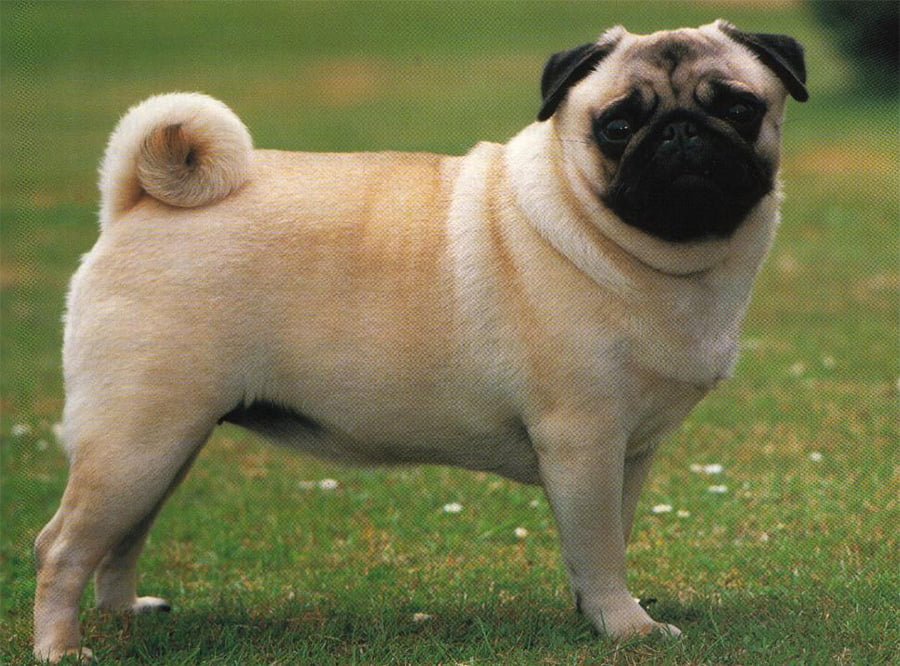
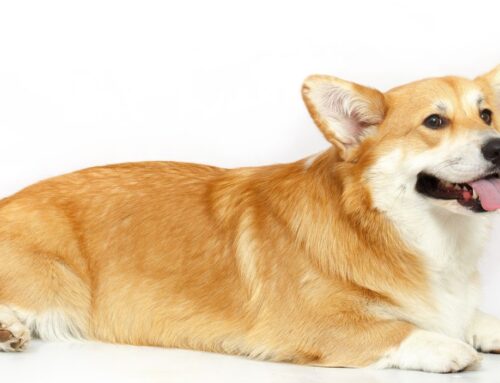

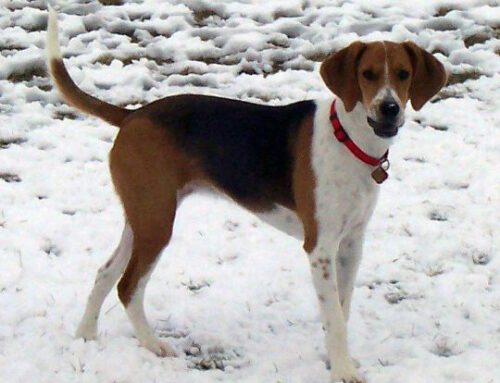
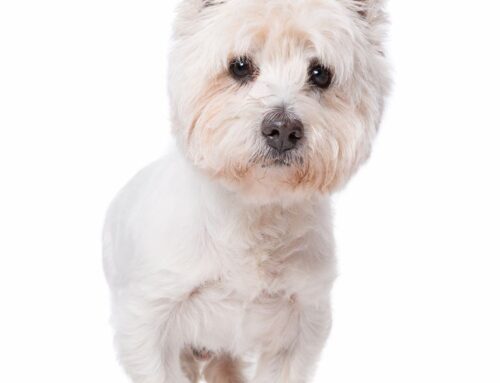

Leave A Comment